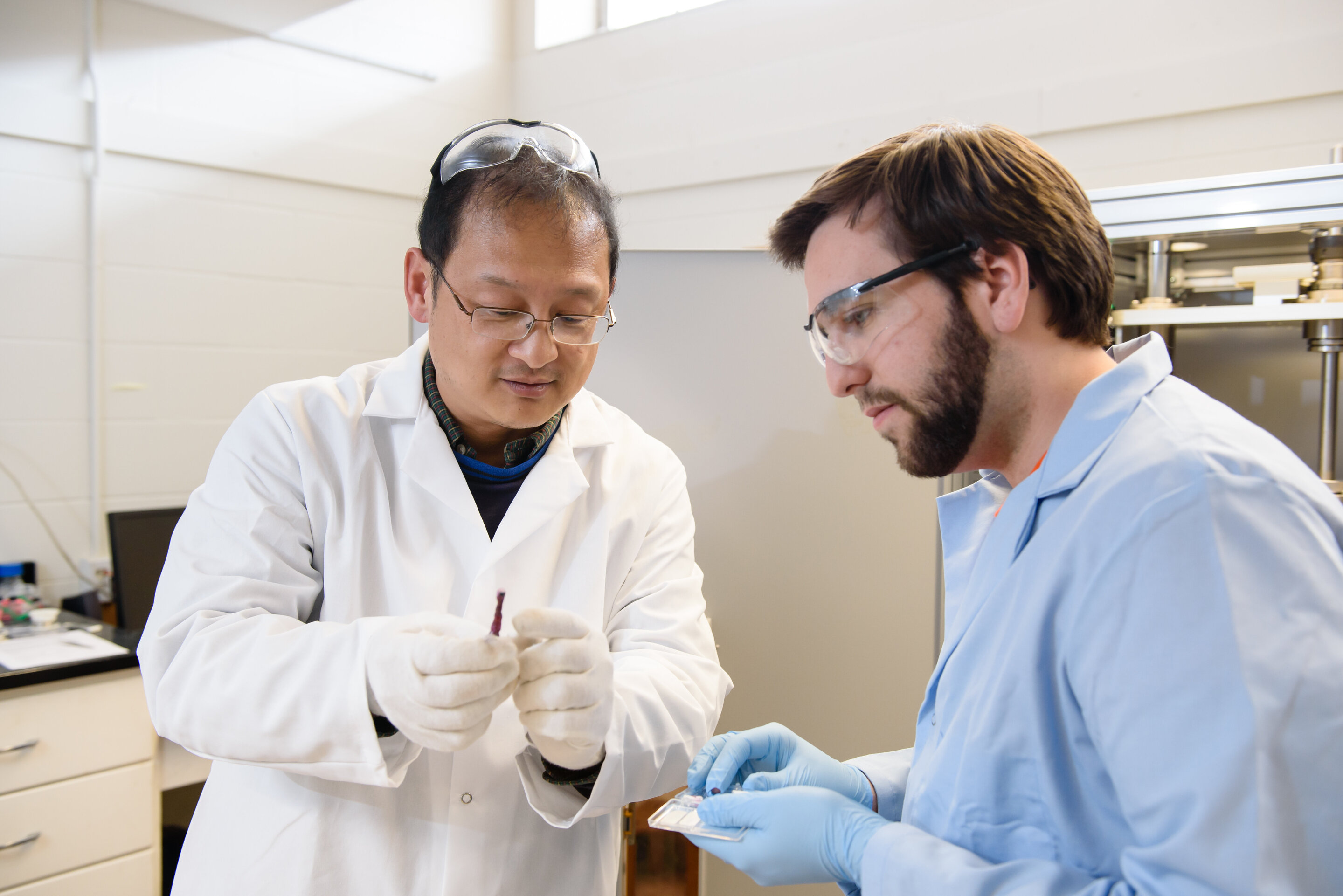
Cr:http://www.physics.iisc.ernet.in/~rcmallik/Research.html
Around 60% of energy is lost in energy production in power stations as heat. The problem with that is most of the power plant’s fuel is burnt to produce heat, then converted to mechanical energy, and then to electrical energy, which goes through. This is an intrinsic process. What if this loss of energy could be minimized? Enter Thermoelectric Materials.
Thermoelectric Materials are those materials that show the Thermoelectric effect also known as Seeback Effect.
Assume a plate being heated on one side and on the other it is being cooled down. What will happen? The temperature difference between them will force electrons to move from the high energy side to the lower energy side, creating a potential difference. This is what is Seeback effect.
Using a thermoelectric Generator, we can directly convert heat energy into electrical energy. To do that we need materials that have lower thermal conductivity and higher electrical conductivity so that the energy given by the fuel does not get dissipated quickly.
This is where new Research conducted by Physicists at Clemson University with collaboration from China and Denmark comes into play, to make a new thermoelectric compound with more potential.
The high-profile energy research journal Joule published their findings in a paper titled “Thermoelectric materials with crystal-amorphicity duality induced by large atomic size mismatch,” which appeared online on April 16 ahead of the May 19 issue.

The atomic structure of a material defines the properties of atoms, which are arranged in space and time. Solids materials are generally amorphous or crystalline in nature. Atoms are of asymmetrical and ordered nature in the crystals. Randomly scattered atoms include amorphous materials.
To make any matter less heat-conductive we need to use make intersections between them to make the flow of electrons more tranquil.
Researcher Jian at Clemson and the international team developed a new hybrid compound, into a one-of-a-kind crystal amorphous duality between the crystalline and amorphous duality.
He further stated that their material is of hybrid quality having properties of both crystals and amorphous. Atoms in crystals are ordered and in symmetrical pattern while in amorphous solids it is unordered and asymmetrical. So, the crystal property helps in conducting electricity more efficiently and the amorphous property helps in trapping heat for a much longer time.
This is because the researchers developed this material by mixing elements of the same group in a periodic table, having different atomic sizes. Here, they have used the atomic size difference between Sulphur, tellurium and copper, silver to make a new compound. For this research, they used the atomic size mismatches between sulfur and tellurium and between copper and silver to create a new compound (Cu1-xAgx)2(Te1-ySy) in which the crystalline and amorphous sublattices interlace into a one-of-a-kind crystal-amorphicity duality. This new compound promises excellent thermoelectric efficiency as opposed to its older counterparts.
But right now, this discovery doesn’t impact the application process. It is likely to be better in the upcoming years as said by the researcher Jian which could lead to better thermoelectric applications in the future.
Manufacturers are now trying to use thermoelectric in cars since 70% of energy gets lost just like in power generation. So, to mop up this energy leak, car manufacturers are using new Thermal electric generators to run air conditions, charge batteries, and lights in hybrid cars.
The technology is not of much importance right now as the use of thermal electrics is not fully efficient for application, it is said to save 10% of the energy in power generation if used.
But who knows about the future?
With new materials being developed, energy saving percentage due to heat loss can be increased considerably can be improved.
Reference used:
Thermoelectric materials – Wikipedia
Thermoelectric compound shows future promise | The Engineer The Engineer
Thermoelectric generator – Wikipedia
How Thermoelectric TEG Generators Work – Tecteg Power Generator.com
Seebeck Effect: What is it? (Voltage, Coefficient & Formula) | Electrical4U














